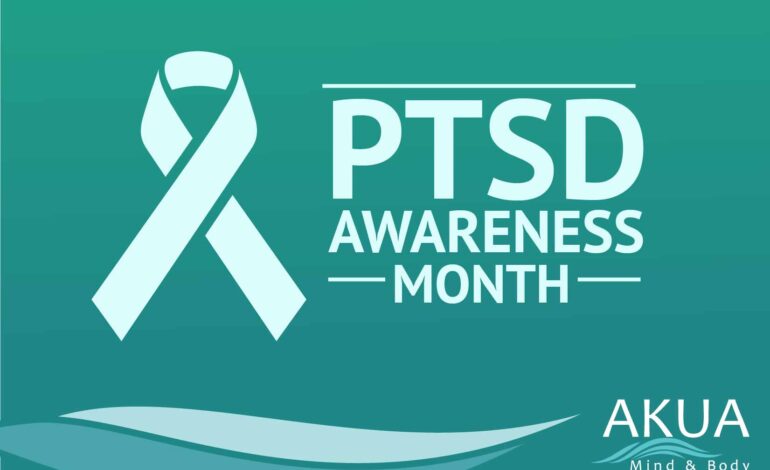The month of June is dedicated to raising awareness about post-traumatic stress disorder (PTSD) in the general public. Initially, in 2010, the United States Senate designated June 27th as National PTSD Awareness Day but to raise further awareness; in 2014 the Senate designated the full month of June for National PTSD Awareness. The number does not lie and therefore taking a look at PTSD statistics can help many raise awareness on the severity and importance of this mental health disorder that affects many members of our community.
Taking a look at PTSD statistics
70% of adults in the U.S. have experienced some traumatic event at least once in their lives, and up to 20% of these people go on to develop PTSD.
An estimated 8% of Americans, 24.4 million people, have PTSD at any given time.
An estimated one out of every nine women develop PTSD, making them about twice as likely as men.
Almost 50% of all outpatient mental health patients have PTSD.
According to Veterans Affairs, experts estimate that up to 20 % of Operation Enduring Freedom and Operation Iraqi Freedom veterans, up to 10 % of Gulf War veterans, and up to 30 % of Vietnam War veterans have experienced PTSD.
Among people who are victims of a severely traumatic experience, 60 – 80% will develop PTSD.
Studies estimate that 1 in every five military personnel returning from Iraq and Afghanistan has PTSD.
15-43% of girls and 14-43% of boys will experience a traumatic event.
3-15% of girls and 1-6% of boys will develop PTSD.
3-6% of high school students in the U.S. who survive specific disaster develop PTSD.
According to the National Center for PTSD: “Studies have shown that as many as 100% of children who witness a parental homicide or sexual assault develop PTSD. Similarly, 90% of sexually abused children, 77% of children exposed to a school shooting, and 35% of urban youth exposed to community violence develop PTSD.”
The prevalence of PTSD among firefighters has been estimated at 20%, possibly higher for volunteer firefighters.
Many soldiers develop PTSD after returning from combat. The estimates vary widely depending on the type of conflict, but are often estimated to be between 10% and 31%.
Development of PTSD in police officers vary widely depending on the officer’s daily duties if they have had to use their firearm in the line of duty, and the crime rate of the city they serve. Some studies estimate that 15-18% of police officers have PTSD. Of the estimated 683,000 women who are raped annually, 94% experience symptoms of acute stress disorder in the first two weeks after the rape, and 30% report symptoms of PTSD 9 months afterward.
The risk of suicide is higher among those who have PTSD compared to individuals without PTSD.
Diagnosing PTSD
According to the Diagnostic and Statistical Manual of Mental Disorders, Fifth Edition (DSM-5), post-traumatic stress disorder is diagnosed when severe stress symptoms exist for at least one month following exposure either directly or indirectly to a traumatic event. They must cause impairment in daily functioning and are not attributable to substance abuse or exposure through media such as television and movies. Individuals must experience symptoms in each of the following categories:
Persistent re-experiencing of the traumatic event via dreams, perceptions, images, hallucinations, or flashbacks.
Avoidance of triggers such as people, places, thoughts, and feelings that were associated with the traumatic event.
Feelings of detachment, negative self-esteem, negative emotional states, and the inability to remember associated events.
Marked changes in arousal and activity such as irritable behavior, hypervigilance, increased arousal, reckless behavior, sleep disturbance, and concentration problems.
Children with PTSD may exhibit signs of social withdrawal, parent attachment, excessive clinging, nightmares, and poor academic performance, whereas adolescents generally display the same signs and symptoms as adults.
24/7 ADMISSION HELPLINE 888-629-6707




